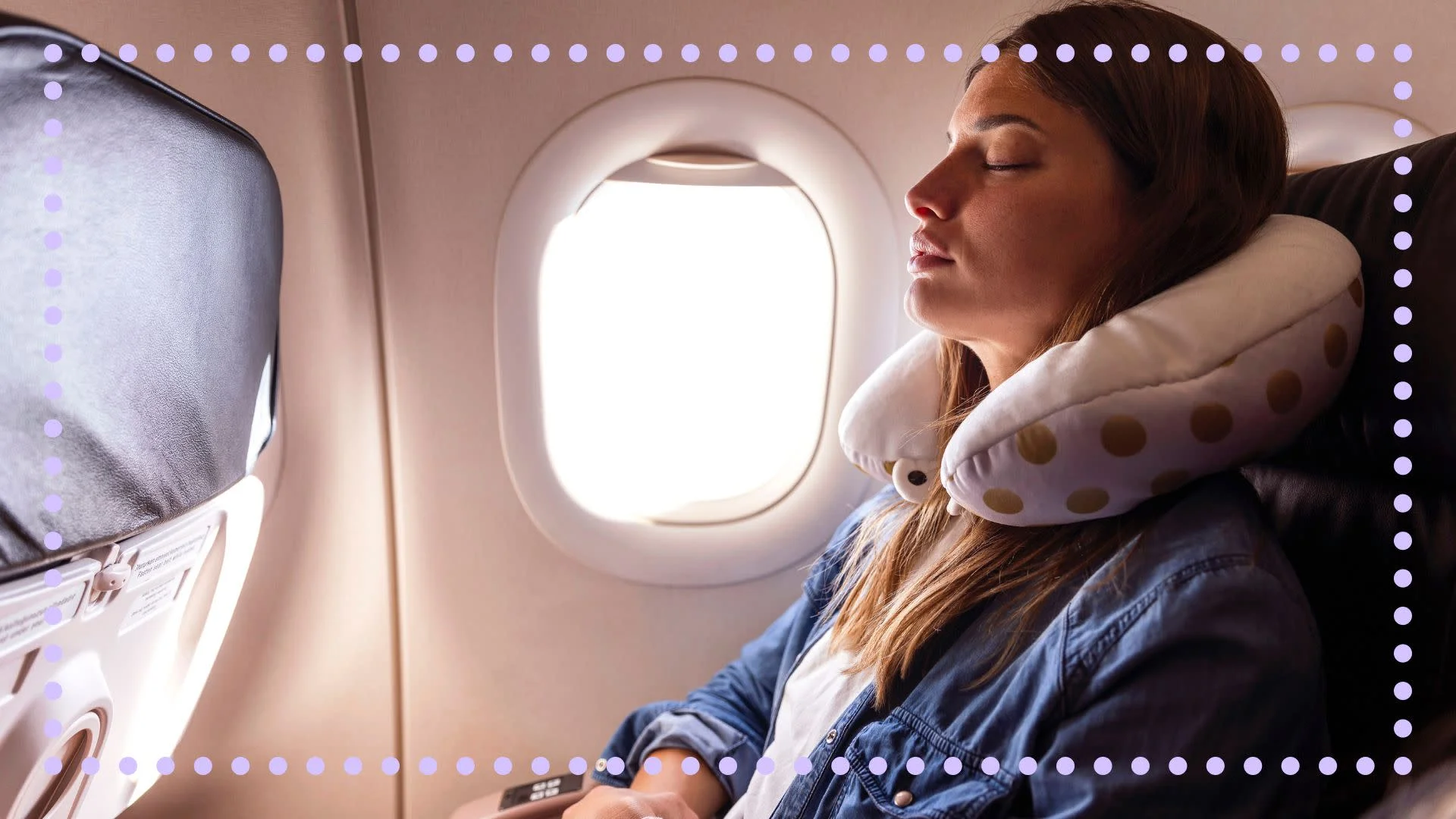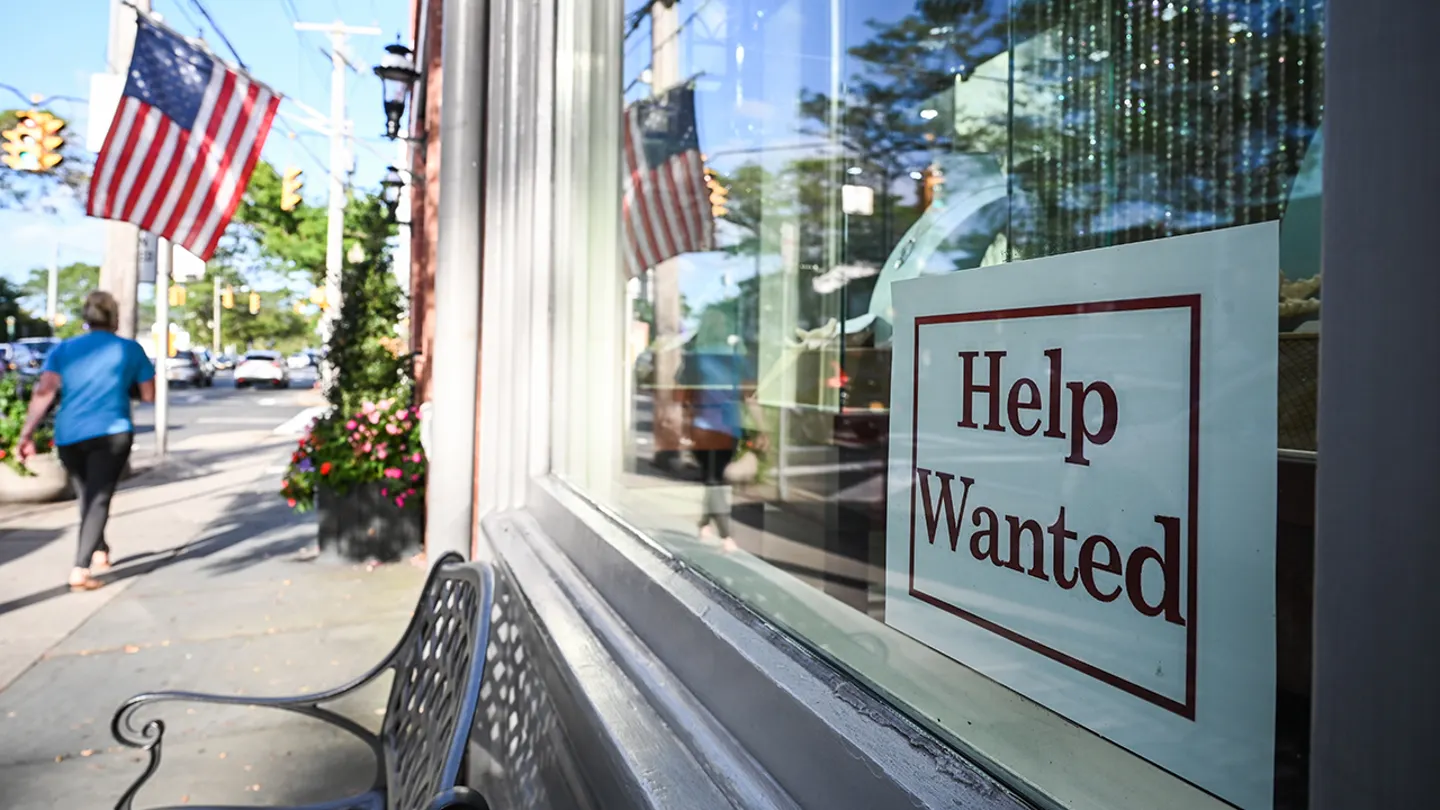More than melatonin: what physicians and sleep specialists truly suggest for beating jet lag.
16.07.2025
Beat Flight Fatigue Before It Begins
Cross‑country or intercontinental flights can leave even seasoned travelers grappling with jet lag, a temporary sleep‑wake disorder that strikes when your internal 24‑hour clock falls out of sync with a new time zone. The result is often crushing tiredness, fogginess, headaches and irritability—symptoms that go well beyond the dry cabin air and dehydration of ordinary “travel fatigue.”
Why Jet Lag Happens
Jet lag typically appears after crossing at least two time zones, explains Dr Joyce Adesina, a sleep‑medicine specialist at Keck Medicine of USC. Besides insomnia or overwhelming daytime drowsiness, you might notice appetite shifts, digestive troubles or menstrual‑cycle changes. A 2024 survey even found that one in five Americans would cancel a trip rather than battle severe jet lag.
Travel Fatigue vs. Jet Lag
Travel fatigue hits during or right after a long flight; low humidity, reduced air pressure and lost sleep are common culprits. Jet lag surfaces in the days that follow, lingering until the body’s clock re‑aligns with local time.
Factors That Intensify Jet Lag
Age
Older adults—especially those over 60—adjust more slowly because natural circadian changes make them less adaptable.
Number of Time Zones
Expect roughly one recovery day per time zone crossed. A three‑hour West‑to‑East U.S. hop may take three days to feel normal, while a seven‑zone leap could require a full week.
Direction of Travel
Most people handle westbound trips better than eastbound ones. Your body clock naturally runs a bit longer than 24 hours, so stretching the day (traveling west) feels easier than compressing it.
Pre‑Flight Sleep
Poor rest in the days before departure raises the risk of intense jet lag after arrival.
Core Tools for Resetting Your Clock
Light Exposure
Light is the master switch for circadian timing. Evening light helps you adapt when you travel west and need a later bedtime; bright morning light accelerates adjustment after an eastward trip that demands earlier rising. If sunlight isn’t available, a light‑therapy box can substitute—just as sunglasses can shield you when darkness is required.
Melatonin
A low dose (1–3 mg) taken for several days—about three hours before your target bedtime—can nudge your clock in the right direction. Remember, melatonin induces drowsiness but is not a sleeping pill; consult your doctor before use.
Timing Made Easy
Jet‑lag calculators (such as those on Sleepopolis) and the Timeshifter app generate custom schedules for light, melatonin, caffeine and naps based on your itinerary and usual sleep habits.
Additional Jet Lag‑Taming Strategies
Gradual Schedule Shifts
Move your bedtime and wake‑up by 30 minutes a night in the days leading up to departure—earlier for eastbound travel, later for westbound.
Stick to Home Time on Short Trips
If your journey lasts only a few days, remain on your original schedule to avoid a second adjustment coming home.
Smart Eating
Align meals to the destination’s clock as soon as possible. Skip an in‑flight dinner if it’s 3 a.m. where you’re headed; eat lightly to ward off digestive upsets.
Mind Your Drinks
Limit caffeine after local midday and avoid alcohol in flight; both can sabotage sleep.
Comfort in the Cabin
An eye mask, earplugs, neck pillow and cozy wrap reduce in‑flight stress. Noise‑canceling headphones and periodic stretching also help.
Upgrade When Possible
More space equals better rest. Business‑class seats, while costly, can dramatically ease post‑landing exhaustion.
Positive Mindset
Anxiety amplifies symptoms. Remind yourself that jet lag is temporary and manageable.
Your Step‑by‑Step Action Plan
Before Departure
• Use a jet‑lag app or calculator to map light and melatonin timing.
• Begin shifting sleep gradually.
• Pack comfort items and plenty of water.
• Discuss low‑dose melatonin with a healthcare provider.
During the Flight
• Stay hydrated and skip excessive caffeine or alcohol.
• Eat on destination time.
• Stretch, relax and use your comfort gear.
After Arrival
• Follow your light‑exposure schedule—seek morning sun or wear sunglasses as directed.
• Nap only if at least eight hours remain before bedtime, and limit it to 20 minutes.
• Eat meals on local time, drink water and exercise outdoors.
• Take melatonin at the scheduled hour if advised.
• Keep a positive outlook and, on short visits, consider sticking to your home schedule.
Meet the Experts
Dr Joyce Adesina – Keck Medicine of USC
Dr Sam Kashani – David Geffen School of Medicine at UCLA
Dr Bryce Mander – UC Irvine School of Medicine
Dr Rebecca Robbins – Harvard Medical School & Brigham and Women’s Hospital
Dr Jamie Zeitzer – Stanford Center for Sleep and Circadian Sciences
These recommendations offer science‑based ways to minimize jet lag’s punch so you can focus on enjoying your travels rather than fighting fatigue.





Leave a Comments